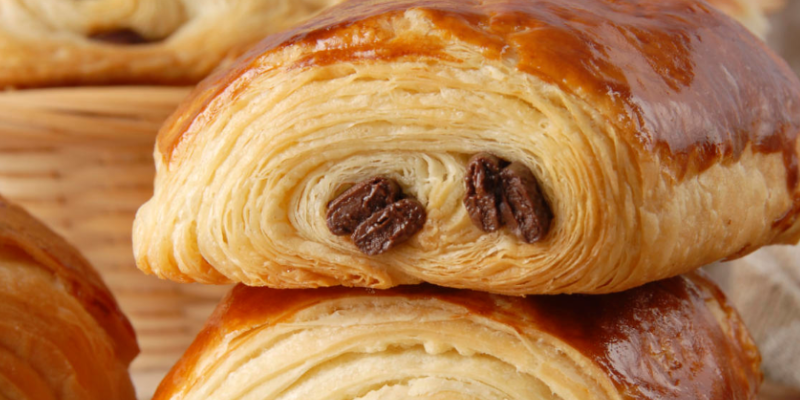A Brief History
The history of the pain au chocolat is intertwined with that of another iconic French pastry: the croissant. It is believed that the croissant, introduced to France by Austrian bakers in the early 19th century, served as the inspiration for the pain au chocolat. The French, renowned for their pastry skills, put their unique twist on the croissant by adding chocolate.
The first known mention of the pain au chocolat dates back to the 19th century, and it quickly gained popularity across France. Today, this pastry can be found in every bakery, café, and patisserie throughout the country, from bustling Parisian streets to quaint village squares.
Preparation and Ingredients
The pain au chocolat’s heavenly taste comes from its high-quality ingredients and precise preparation. The key components include:
Buttery Dough: Pain au chocolat dough is made with flour, water, yeast, and a generous amount of butter. The butter is folded into the dough in a process known as lamination, creating the flaky layers that are a hallmark of this pastry.
Chocolate Batons: High-quality chocolate, typically dark or semi-sweet, is used to fill the pastry. The chocolate is often chosen for its ability to strike a perfect balance between sweetness and bitterness.
Egg Wash: Before baking, the pastries are brushed with an egg wash, giving them a beautiful golden-brown color when they come out of the oven.
Variations
Pain aux Amandes: This version features almond paste and slivered almonds, adding a delightful crunch and nutty flavor.
Pain aux Noisettes: Filled with hazelnut paste and crushed hazelnuts, this variation offers a deliciously nutty twist.
Pain aux Framboises: Some patisseries infuse their pain au chocolat with raspberries, creating a delightful fusion of chocolate and tart berry flavors.
Cultural Significance
The pain au chocolat holds a special place in French culture. It is a staple of breakfasts, a popular snack, and even a comfort food for many. French children often enjoy a pain au chocolat as an afternoon treat after school, while adults savor it with a cup of coffee during their morning break.
In addition to its everyday presence, the pain au chocolat also plays a significant role in French holidays and celebrations. On January 6th, Epiphany, it is customary to eat a special type of pain au chocolat called a “galette des rois” or “king cake,” which contains a hidden figurine. Whoever finds the figurine in their slice is crowned “king” or “queen” for the day.
In Paris, there are numerous bakeries and pastry shops that prepare delicious pain au chocolat. The choice of the best one often depends on personal preferences regarding taste and texture. However, here are some renowned establishments where you can enjoy some of the city’s best pain au chocolat:
Du Pain et des Idées – This bakery is famous for its artisan pastries, including its pain au chocolat. Their creations are known for their rustic appearance and exceptional flavor. https://dupainetdesidees.com/
Pierre Hermé – Pierre Hermé is a famous French pastry chef, and his shop offers high-quality pain au chocolat that combines traditional simplicity with perfected flavors. https://www.pierreherme.com/
La Parisienne – Located in the Montmartre neighborhood, this bakery is known for its crispy pain au chocolat and fluffy croissants. http://www.boulangerielaparisienne.com/
Boulangerie Poilâne – This bakery is renowned for its sourdough bread, but it also offers delicious pain au chocolat made with the same attention to detail. https://www.poilane.com/
Blé Sucré – Blé Sucré’s pain au chocolat is well-known for its flaky texture and generous chocolate filling. https://www.instagram.com/ble_sucre/
Le Grenier à Pain – This award-winning bakery chain in Paris offers high-quality buttery pain au chocolat that melts in your mouth. https://legrenierapain.com/ .
Boulangerie Pichard – Located in the Marais district, this bakery is famous for its buttery pain au chocolat and quality croissants. https://maison-pichard.business.site/?utm_source=gmb&utm_medium=referral
La Maison Landemaine – Another bakery chain that offers excellent pain au chocolat throughout Paris. https://maison-pichard.business.site/?utm_source=gmb&utm_medium=referral
La boulangerie moderne : This article couldn’t end without mentioning the famous modern bakery, an icon of the series Emily in Paris. Try it out! Your taste buds will thank you.” https://www.instagram.com/boulangerie_moderne_/





 by
by 
